September 28, 2017
How smart workplaces increase performance and attractiveness 0
 The workplace can and should be used as a strategic tool to support work and cooperation, to shape the experience of the brand and to produce competitive advantage for the organization. Even when not used as a strategic tool the workplace still affects all these parts and there is always a risk that the workplace has instead a negative impact if we are not aware of the relationship and really use workplace as a strategic tool to affect attractiveness, productivity, efficiency and sustainability. The workplace makes a great difference and it is becoming an important differentiator between successful and less successful organizations. I also strongly believe that the workplace management area is a key for us in the FM industry to bring FM to a higher level, to shift from cost focus to more value focus, and this is something we need to do together within the FM industry and we really should take the driver’s seat. But, let’s start from the beginning.
The workplace can and should be used as a strategic tool to support work and cooperation, to shape the experience of the brand and to produce competitive advantage for the organization. Even when not used as a strategic tool the workplace still affects all these parts and there is always a risk that the workplace has instead a negative impact if we are not aware of the relationship and really use workplace as a strategic tool to affect attractiveness, productivity, efficiency and sustainability. The workplace makes a great difference and it is becoming an important differentiator between successful and less successful organizations. I also strongly believe that the workplace management area is a key for us in the FM industry to bring FM to a higher level, to shift from cost focus to more value focus, and this is something we need to do together within the FM industry and we really should take the driver’s seat. But, let’s start from the beginning.









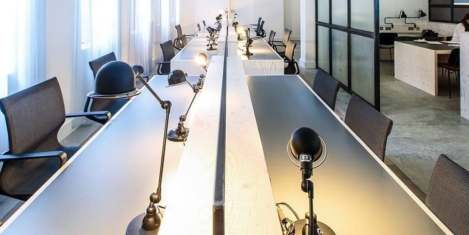





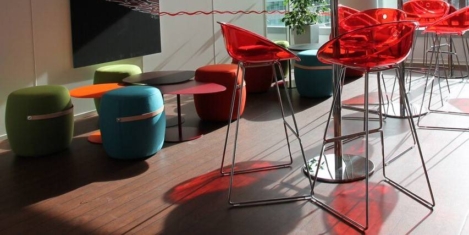
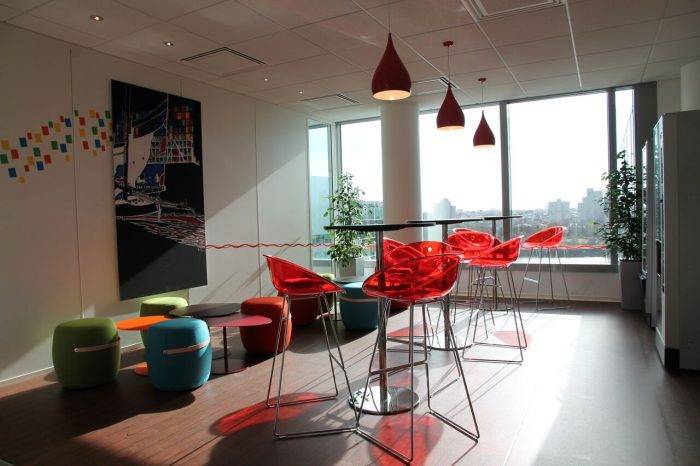


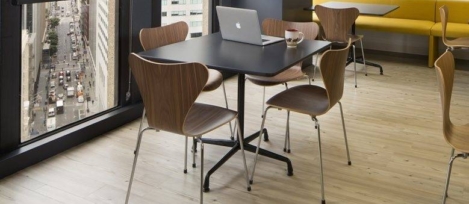
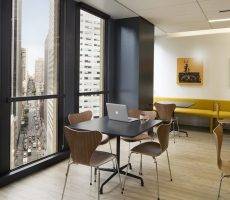












February 13, 2017
Neuroscience can function as a management tool for personal development 0
by Mike James • Comment, Workplace
More →